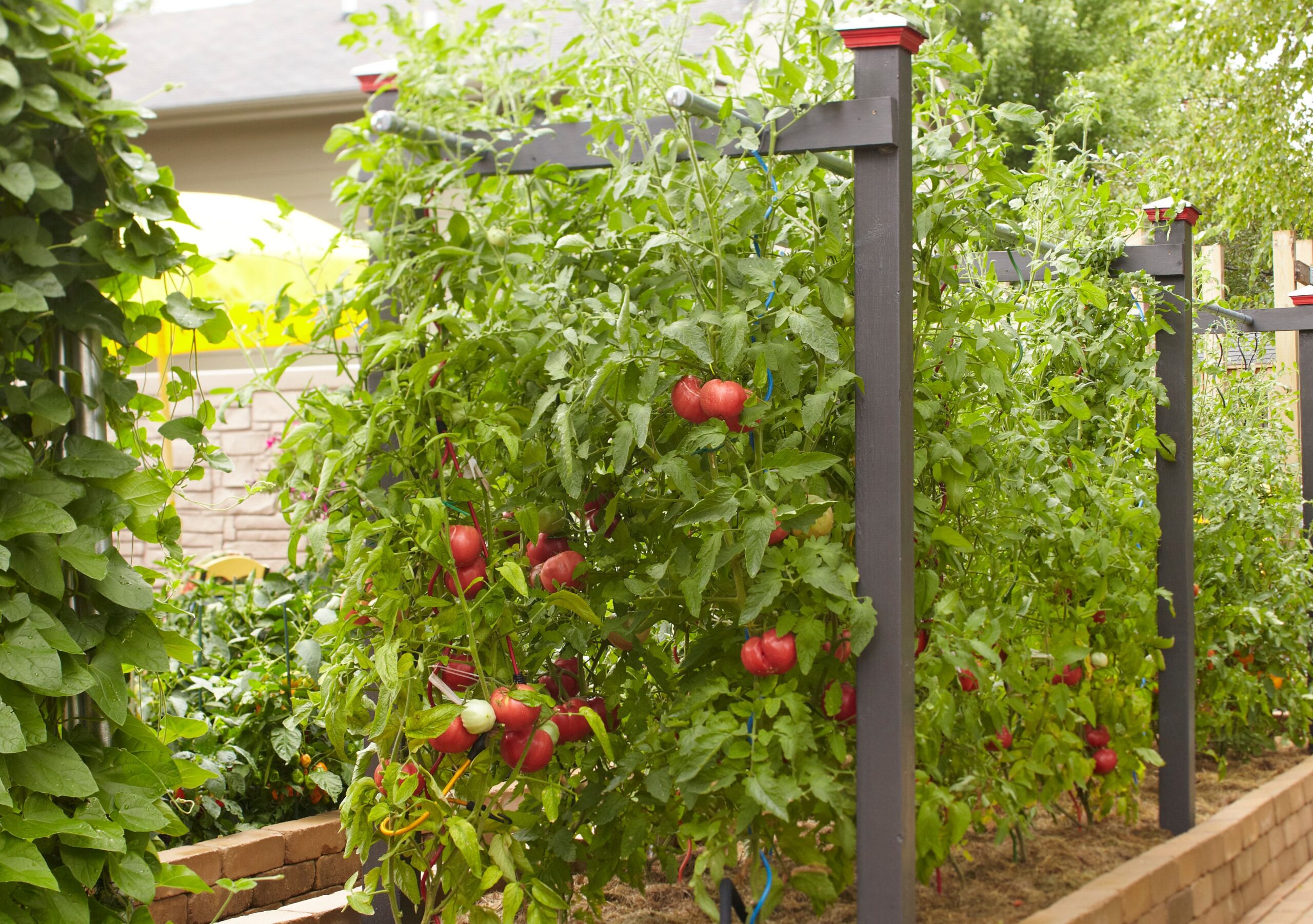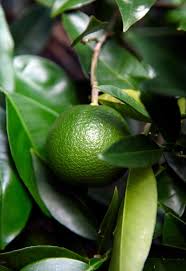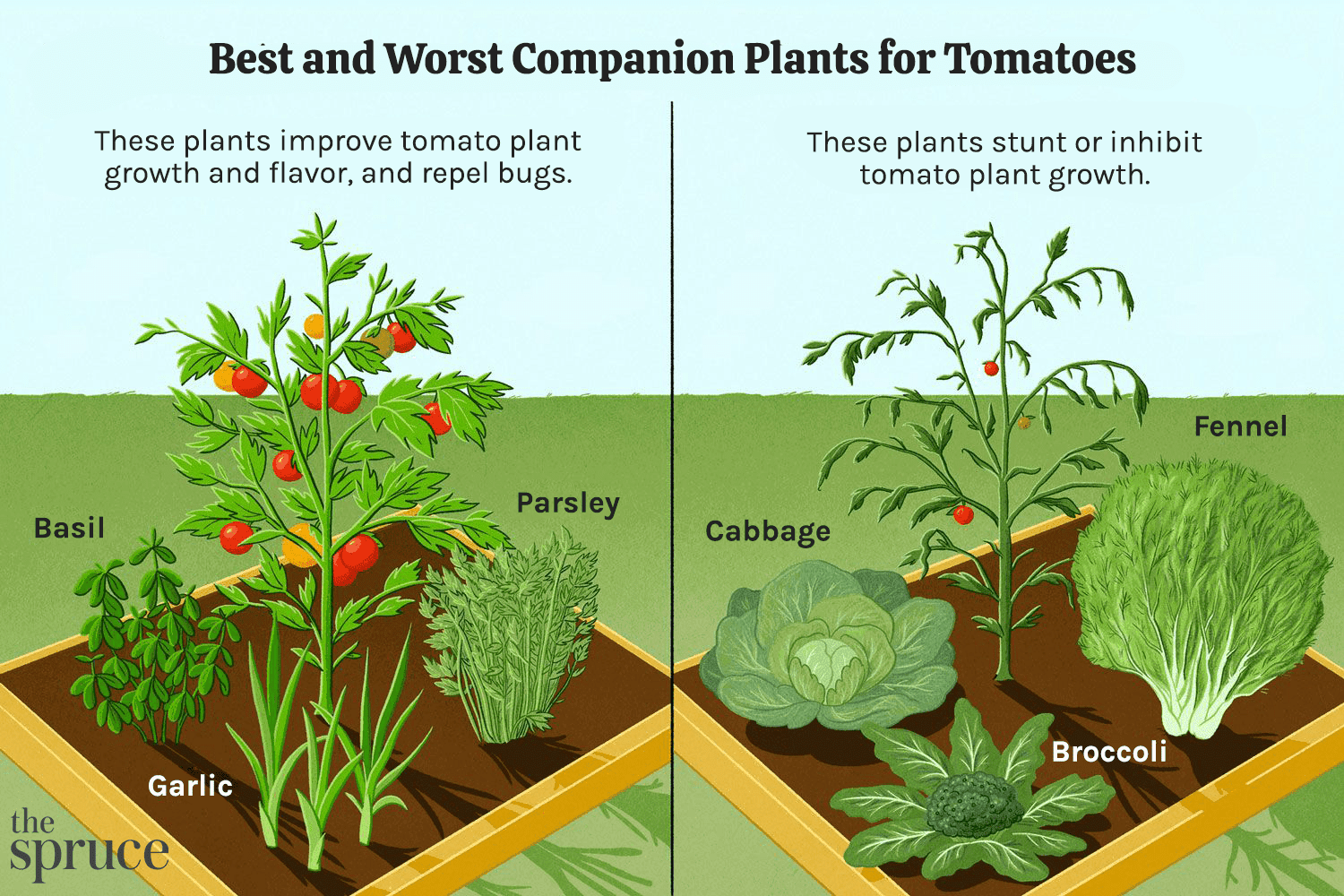Best Way to Stake Tomato Plants
Tomatoes are a staple in many home gardens, providing delicious fruits that can be enjoyed fresh or cooked in a variety of dishes. One of the key aspects of growing healthy tomato plants is proper support, which is typically achieved through staking. Staking tomato plants helps to keep them upright, prevents them from sprawling on the ground, and improves air circulation around the plant, reducing the risk of disease. In this article, we will discuss the best way to stake tomato plants to ensure a bountiful harvest of juicy, ripe tomatoes.
Choosing the Right Stakes
When selecting stakes for your tomato plants, it is important to choose ones that are both sturdy and long enough to support the plant as it grows. Wooden stakes, metal stakes, and bamboo stakes are all popular options, with each providing its own set of benefits. Wooden stakes are durable and can be reused season after season, while metal stakes offer additional strength and support. Bamboo stakes are eco-friendly and biodegradable, making them a great option for environmentally conscious gardeners.
Regardless of the material you choose, make sure the stakes are at least 6 feet tall to accommodate the height of most tomato varieties. Additionally, ensure the stakes are anchored securely in the ground to prevent them from toppling over in strong winds or when the plant becomes heavy with fruit.
Staking Technique
There are several staking techniques that can be used to support tomato plants, each with its own advantages. One popular method is the single-stem staking technique, where a single stake is used to support the main stem of the plant as it grows. To implement this technique, simply drive a stake into the ground next to the plant and gently tie the main stem to the stake as it grows upward. This method is ideal for determinate tomato varieties that do not require extensive pruning.
Another common staking technique is the cage method, where a tomato cage is placed around the plant to provide support. Tomato cages are typically made of metal or wire and can be purchased at garden centers or easily made at home. Simply place the cage around the plant when it is young and secure it in the ground to provide support as the plant matures and produces fruit. This method is ideal for indeterminate tomato varieties that require more extensive pruning and support.
Additional Support
In addition to staking, there are other methods that can be used to provide additional support to tomato plants. One popular technique is the use of tomato clips, which are small clips that can be used to attach tomato stems to stakes or cages. By securing the stems to the support structure, tomato clips help to prevent the plant from bending or breaking under the weight of the fruit.
Another option is the use of twine or string to tie the plant to the stake or cage. By carefully tying the plant to the support structure, you can help prevent it from toppling over or becoming damaged in windy conditions. Just be sure to tie the plant loosely to allow for growth and avoid causing any damage to the stems.
Conclusion
Staking tomato plants is an essential part of growing healthy, productive tomato plants. By choosing the right stakes and implementing the proper staking techniques, you can ensure that your tomato plants grow strong and produce a bountiful harvest of delicious tomatoes. Whether you prefer the single-stem staking method or the cage method, providing support to your tomato plants will help them thrive and yield a successful crop. So grab your stakes, secure your plants, and get ready to enjoy the fruits of your labor!



